This year, only the iPhone 12 Pro series uses a time-of-flight (ToF) LiDAR scanner. Due to the popularity of the iPhone 12 Pro series, there are now speculations that the entire iPhone 13 series will introduce the ToF LiDAR scanner. According to reports, the iPhone 13 (tentative name) will have four models like the iPhone 12 series. These phones will use D-ToF (Direct ToF) technology. The report claims that US-based II-VI will enter Apple’s supply chain for the next-generation iPhones. This company will fabricate VCSEL chips for time-of-flight (ToF) LiDAR scanners. Furthermore, analysts believe that the overall demand for ToF VCSELs will increase.
Latest update on iPhone 13’s design
[Update] – Japanese media, MacOtakara, has also confirmed that the iPhone 13 will not have any design changes. The front of the display will only use a smaller notch and that’s it. Its information is from Chinese suppliers which claim that the enclosure design of the iPhone 13 is the same as the iPhone 12. There are no changes in height or width but the iPhone 13 thickness will increase by 0.26 mm. With regard to the rear camera, as with the iPad Pro 2021, the lens cover part will be no longer stretch. However, the overall camera unit will increase by about 0.9 mm on all iPhone 13s. Also, it will change to a design that covers the entire camera unit with sapphire glass. The iPhone 13 Pro’s rear camera unit is the same size as the iPhone 13 Pro Max. Thus, the wide-angle camera may have sensor-shifted optical image stabilization. The receiver at the top of the display is now at the end of the enclosure. This will make the TrueDepth camera thinner, the source claims
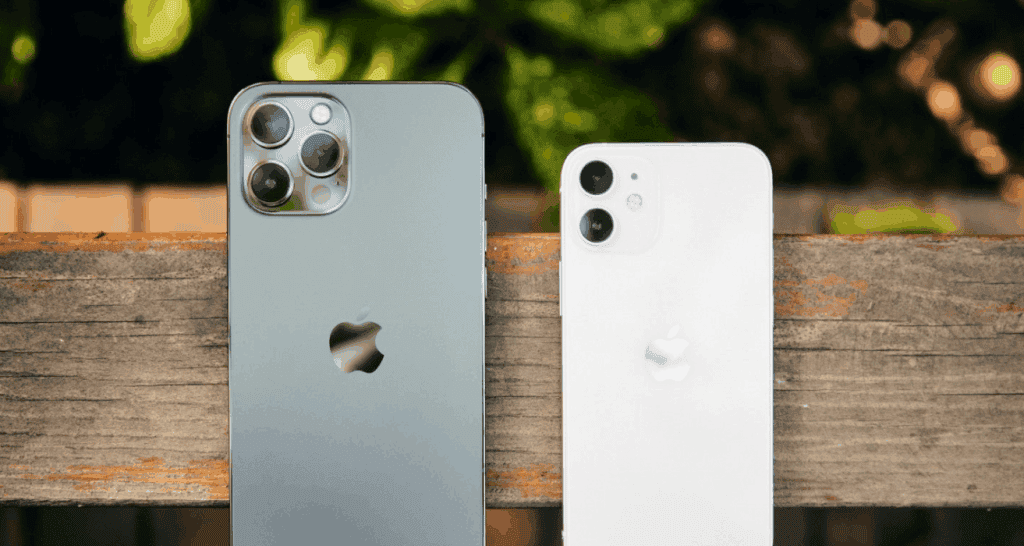
Gizchina News of the week
iPhone 13 will have some good internals
According to sources, in 2021, the VCSEL chips used by Apple’s ToF LiDAR, in addition to the products jointly developed by Apple and American firm Lumentum, will also be added to II-VI as the second supplier. The source of Lumentum Lei chips is still the British IQE. In addition, II-VI will use its own Lei chips.
Furthermore, Winmao is expanding its purchase of ToF-specific VCSEL testing and measurement equipment. There is an increase of about 20 to 30%. Also, case practitioners have indirectly confirmed that the number of holes in the rear lens of the iPhone 13 is increasing. According to Apple’s supply chain, there is a significant change in the Apple iPhone 13 3D sensing device. With this information, we expect the iPhone 13 to reduce the volume of the structured light 3D sensing module (the notch).
There are predictions that Apple would streamline 1 VCSEL chip in the front lens. The Face ID on the iPhone plus the number of VCSELs related to the ToF lens is expected to be reduced from 3 this year to 2. However, there is no confirmation of this and the number could still remain at three.
Android manufacturers will also use D-ToF
The popular belief in the supply chain is that the Android camp will follow apple in using D-ToF technology. It doesn’t matter if Apple decides to use this technology in some or all models of the iPhone 13.
According to Barclays analysts, Blayne Curtis, Thomas O’Malley, Tim Long, the iPhone 13/Pro models may feature Wi-Fi 6E. The Wi-Fi 6E provides Wi-Fi 6 features and capabilities, including higher performance, lower latency, and faster data rates, extending to the 6GHz frequency band. The additional spectrum will provide more airspace beyond the existing 2.4GHz and 5GHz Wi-Fi. This will provide higher bandwidth and less interference for Wi-Fi 6E-enabled devices.

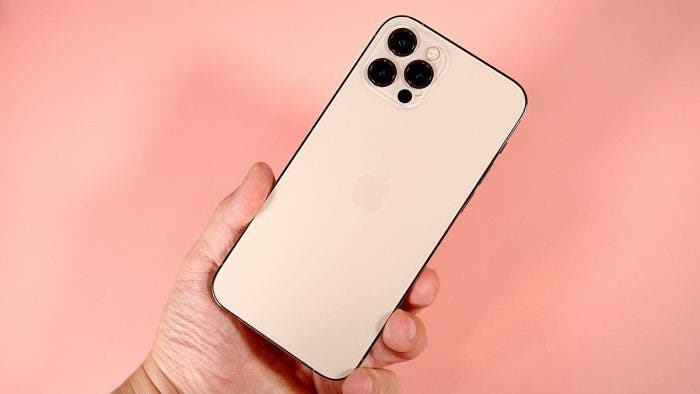
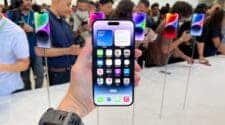
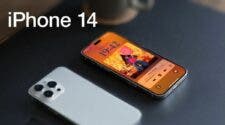
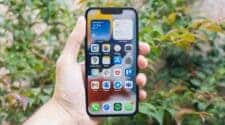

Apple started using ToF more then 2 years after Android. I have 2-year old Honor View 20 (Huawei) with ToF.
The article is misleading by telling Android will follow soon. Apple follows Android with huge 2-year lag.